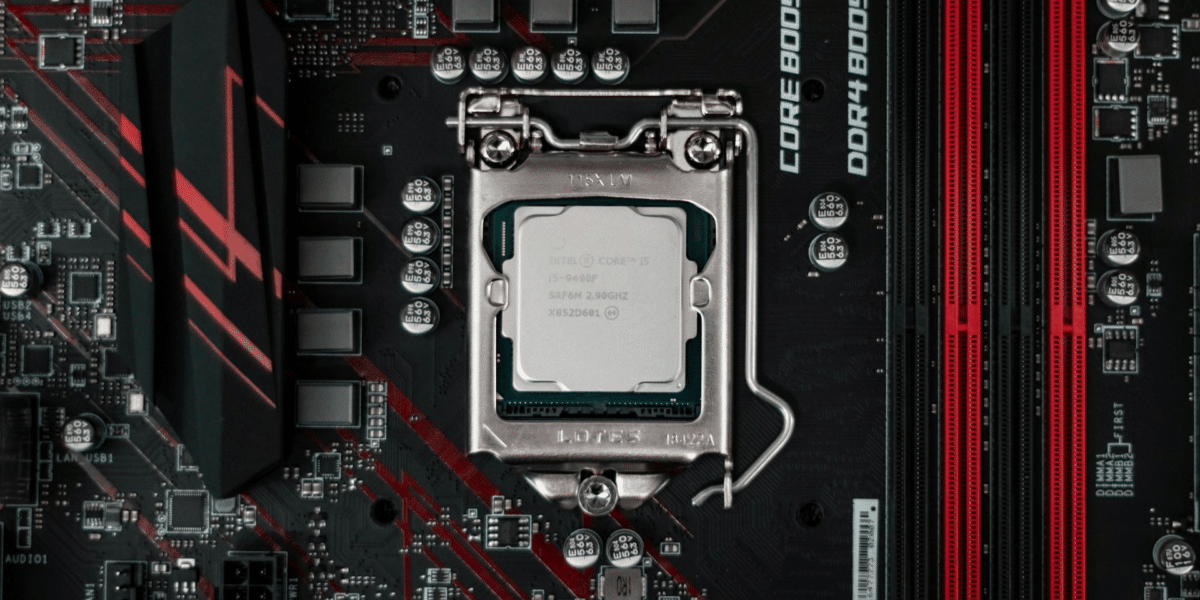The Impact of Drones on Advertising Productions
In recent years, drones have become a game-changer in the world of advertising productions. These unmanned aerial vehicles have revolutionized the way brands create captivating visuals and tell compelling stories. From stunning aerial shots to dynamic tracking shots, drones offer filmmakers and advertisers unprecedented flexibility, creativity, and efficiency. In this article, we’ll explore how drones have transformed advertising productions and the key benefits they bring to brands and advertisers.
Capturing Unique Perspectives
One of the most significant advantages of using drones in advertising productions is their ability to capture unique perspectives and breathtaking aerial views. Drones can fly high above the ground, providing a bird’s-eye view of landscapes, cityscapes, and architectural marvels. This aerial perspective adds a cinematic quality to advertisements and creates a sense of grandeur and scale that traditional cameras cannot replicate. Whether it’s showcasing a sprawling countryside, a bustling urban metropolis, or an iconic landmark, drones allow advertisers to capture awe-inspiring visuals that captivate audiences and leave a lasting impression.
Dynamic and Fluid Movement
Drones offer advertisers the ability to capture dynamic and fluid movement shots that add excitement and energy to their productions. With their agility and maneuverability, drones can smoothly navigate through tight spaces, follow fast-moving subjects, and capture sweeping panoramic shots. This versatility allows advertisers to create dynamic sequences that engage viewers and enhance storytelling. Whether it’s tracking a car speeding down a winding road, following a runner through rugged terrain, or circling a product in motion, drones add a dynamic element to advertising productions that captivates and entertains audiences.
Cost-Effective Alternative
In the past, capturing aerial footage for advertising productions required expensive equipment such as helicopters or cranes, along with permits, licenses, and specialized crew members. Drones offer a cost-effective alternative to traditional aerial filming methods, significantly reducing production costs and logistical challenges. With drones, advertisers can achieve high-quality aerial shots at a fraction of the cost, allowing them to allocate more resources to other aspects of their productions, such as creative concepts, talent, and post-production. This cost-effectiveness makes drones an attractive option for advertisers looking to maximize the impact of their budgets without compromising on quality.
Versatility in Filming Locations
Drones provide advertisers with unparalleled versatility in filming locations, allowing them to shoot in a wide range of environments and settings. Unlike traditional filming equipment, which may be limited by accessibility or safety concerns, drones can access remote or hard-to-reach locations with ease. Whether it’s capturing footage in rugged mountains, dense forests, or over bodies of water, drones enable advertisers to explore new and exciting filming locations that enhance the visual appeal and authenticity of their advertisements. This versatility opens up a world of creative possibilities and allows advertisers to tailor their productions to suit their unique visions and objectives.
Enhanced Safety and Efficiency
Using drones in advertising productions can enhance safety and efficiency by reducing the need for risky maneuvers or hazardous filming conditions. With drones, filmmakers can capture aerial shots from a safe distance, eliminating the need for crew members to operate heavy equipment or navigate treacherous terrain. This not only minimizes the risk of accidents or injuries but also streamlines the production process and reduces downtime. Additionally, drones are highly portable and easy to set up, allowing advertisers to quickly capture shots on location without extensive preparation or setup time. This efficiency translates into cost savings and faster turnaround times for advertising productions.
Creative Freedom and Innovation
Drones offer advertisers unparalleled creative freedom and innovation, empowering them to push the boundaries of traditional filmmaking and explore new storytelling techniques. With drones, advertisers can experiment with innovative shot compositions, camera angles, and movement patterns that were previously impractical or impossible to achieve. This creative freedom allows advertisers to break free from conventional storytelling conventions and create advertisements that stand out from the crowd. Whether it’s using drones to create immersive 360-degree experiences, integrate augmented reality elements, or capture interactive live events, advertisers can leverage drones to push the limits of creativity and innovation in their productions.
Drones Are Set to Continue Pushing Boundaries
Drones have revolutionized advertising productions by offering advertisers unparalleled flexibility, creativity, and efficiency. From capturing unique aerial perspectives to enabling dynamic movement shots, drones have transformed the way brands tell their stories and engage with audiences. With their cost-effectiveness, versatility, safety features, and creative potential, drones have become an indispensable tool for advertisers looking to create visually stunning and compelling advertisements. As technology continues to evolve and drones become more advanced, we can expect to see even more groundbreaking innovations in advertising productions that push the boundaries of creativity and captivate audiences around the world.










